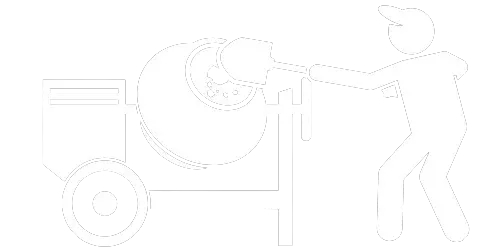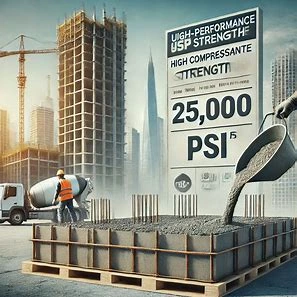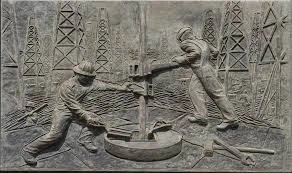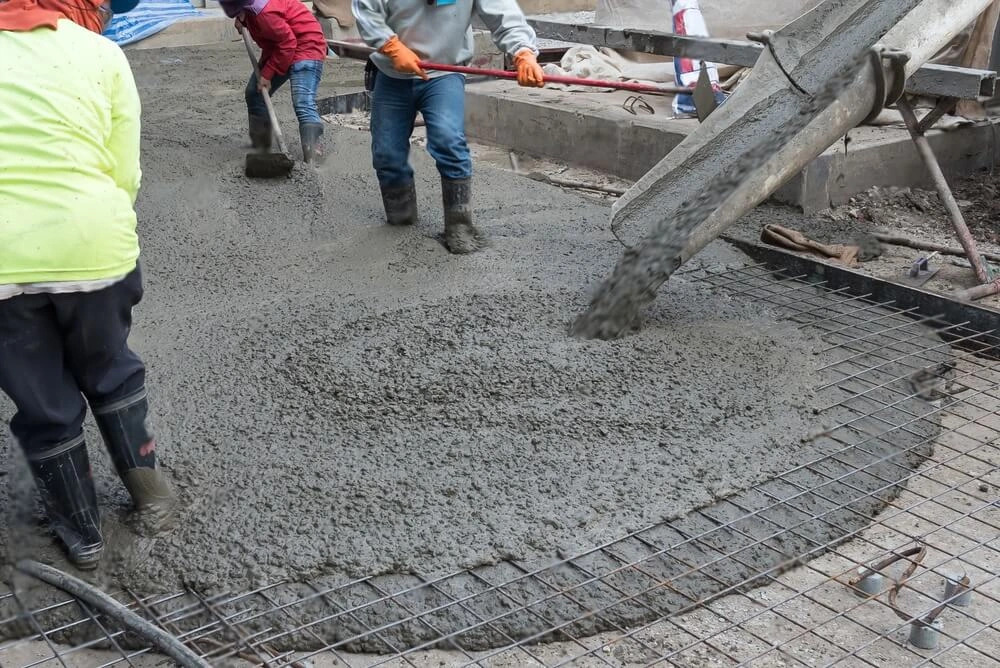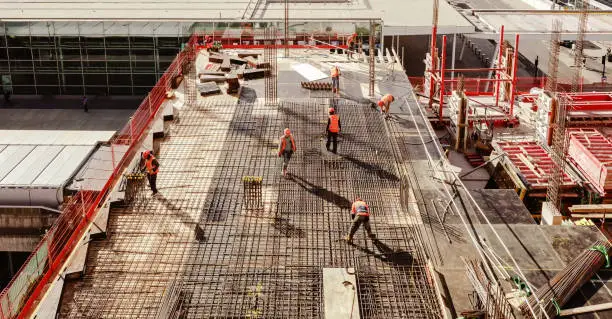Cement is an essential commodity in construction business since it represents the backbone of structures in the globe.
As the construction sector turns to sustainable and durable construction cements factories have sought to ramp up production to fulfil global demands. One question often arises: Where is the largest cement plant?
This is a comprehensive piece that focuses on the biggest cement production facilities across the globe and will briefly explain how much cement they produce as well as the firms that dominate the industry.
Further, we also identify factors that define competitiveness of these factories in the excessively competitive cement industry.
The 4 biggest cement producers of the world.
As mentioned earlier cement industry is extremely huge with a number of large production houses present around different parts of the world or continents. Among them the biggest cement factories have the largest market share due to their superior production facility and efficiency.
Holcim – The USA:
Holcim is one of the biggest cement producers in the world, the company possesses the largest cement plant in the United States. Located in Ste.
This plant is located in Genevieve County, Missouri with the capability of producing over 4 Million metric tonnes per annum.
Anhui Conch Cement Company – China:
It is one of the leading Chinese cement manufacturers having a large market share across the world.
Among them, the plant located in Tongling, China is one of the largest having annual production capacity of more than 200 million tonnes.
LafargeHolcim – Switzerland:
This firm was formed by merger of Lafarge and Holcim; it owns several plants across the globe. It has a production plant in Ras al-Khaimah, UAE that consists of a relatively huge factory and vast production line.
Cemex – Mexico:
The production facility located in Monterrey in Mexico stands for one of the largest facilities owned by Cemex because of its sophisticated technology and productivity.
Understanding Cement Production Capacity
Quality and capacity of cement production are the measures that help to determine the size and productive capacity of cement factories. The higher the production capacity, the more a plant can produce leading to the supply of construction needs in the globe.
Metric Tons per Year:
This is the standard method of measuring productivity, capability or the output of a production line.
Largest factories can be calculated in terms of millions of metric tons thus demonstrating their capacity to deliver large quantities.
Factors Influencing Capacity:
Production capacity is the ability of the plant depending on the size of the plant, the technology utilised, quality raw material and skillfulness of the workforce.
In another way, various companies can be observed to carry out capital investments with the intention of enhancing the production capacity.

How Cement Plant Producer Establish Their Highest Output
For maximum production to be enhanced it needs technology, trained people, and quality materials to ensure that the production line offers value.
Advanced Technology:
Cement production in today’s plants has become highly technical where most of the processes are automated and enhanced through optimised machinery. This means that there is a check on the quality of cement and also the general operating costs are controlled.
Skilled Workforce:
To manage the complex machinery and production processes it is compulsory to have a trained human capital. This is one of the reasons that firms provide for their employees to attend refresher courses to update them on current trends.
Sustainable Practices:
Emission standards are being met and other sustainable practices as the utilisation of waste derived fuels are being integrated in most cement factories.
Besides environmental conservation, it also increases the company’s image and competitiveness of the factory in the market.
Role of aggregates in cementation
Sand, gravel, and crushed stones also rank among the important items used in cement production. In doing so they impart strength, durability and quality to the final manufactured product.
Quality of Aggregates:
Aggregates in the cement industry consist of high quality which make stronger cement.
Some of the leading cement producers purchase aggregates from credible producers to minimise deviation in their production.
Optimal Mix Ratio:
Different aspects of the cement are affected by the mix ratio of cement to aggregates. The leading factories use appropriate mix proportions in order to obtain the required values of the compressive strength and durability.
How Cement Plant Producers Achieve Their Highest Output
For maximum production to be enhanced, it requires advanced technology, skilled people, and quality materials to ensure that the production line is optimized.
- Advanced Technology: Cement production in modern plants has become highly technical, with most processes automated and enhanced through optimized machinery. This ensures both the quality of the cement and controlled operating costs.
- Skilled Workforce: Managing the complex machinery and production processes requires a trained and experienced workforce. Companies often provide ongoing training for their employees to stay current with industry trends.
- Sustainable Practices: Factories are increasingly integrating sustainable practices, such as using waste-derived fuels, reducing emissions, and meeting environmental standards. This not only helps in conserving the environment but also enhances the company’s reputation, making it more competitive in the global market.
Role of Aggregates in Cementation
Aggregates such as sand, gravel, and crushed stones play an essential role in cement production. They contribute to the strength, durability, and overall quality of the final product.
- Quality of Aggregates: High-quality aggregates are vital to producing strong, durable cement. Leading cement producers source aggregates from reputable suppliers to maintain consistency in production.
- Optimal Mix Ratio: The correct mix ratio of cement and aggregates ensures the desired properties of compressive strength and durability. Leading factories carefully calculate and adjust these ratios to meet the standards required for various applications, including drainage and roadway construction.

Expert Roadway Construction
Frequently Asked Questions (FAQs)
- What is the largest cement factory in the world?
The largest cement factory in the world is located in Tongling, China, owned by Anhui Conch Cement Company, with an annual production capacity of over 200 million tonnes. - How does the production capacity of a cement factory affect its performance?
The production capacity of a cement factory directly influences its ability to meet global demand. A higher production capacity means the factory can supply large quantities of cement for massive infrastructure projects, ensuring reliability and timely delivery. - What role do aggregates play in cement production?
Aggregates such as sand, gravel, and crushed stones provide strength, durability, and stability to cement. The quality of these aggregates is crucial to achieving the desired performance of the final product, especially in construction applications like roadway construction and drainage systems. - What services does Expert Concrete Contractor Las Vegas offer?
At Expert Concrete Contractor Las Vegas, we provide drainage construction, roadway construction, and other concrete-related services for both residential and commercial projects. We are known for our commitment to quality, sustainability, and delivering outstanding results. - How does sustainable practice impact cement production?
Sustainable practices, such as using waste-derived fuels and reducing emissions, help mitigate the environmental impact of cement production. These practices not only protect the environment but also enhance the competitiveness of cement plants by meeting modern environmental standards. - Why is technology important in modern cement plants?
Modern cement plants rely on advanced technology to automate processes, improve quality control, and reduce operating costs. This leads to higher efficiency, better product consistency, and enhanced production capacity.
Conclusion
The largest cement factories in the world have continually advanced their production capacity through a combination of technology, skilled labor, and sustainable practices. These improvements allow them to meet the growing demand for cement in major construction projects across the globe. Understanding the role of aggregates and the importance of technology in these plants provides insight into how cement production can achieve its highest output. Whether for road construction, drainage systems, or building projects, cement remains a crucial material in modern infrastructure.
At Expert Concrete Contractor Las Vegas, we specialize in services such as drainage construction and roadway construction, ensuring high-quality, durable, and sustainable solutions for all your concrete needs in Las Vegas. Our commitment to using top-grade materials and advanced techniques positions us as the go-to provider for residential and commercial projects.
